Maybe you’ve heard that email marketing is the best digital marketing channel, but have you ever wondered how to actually find the ROI on your email marketing?
You must understand your return on investment (ROI) in order to make strategic decisions about your email marketing. Otherwise, you’re just guessing about what works and could be wasting time, energy, and money.
In this article, we’ll show you how to calculate email marketing ROI for your business.
Let’s get started!
What Is Email Marketing ROI?
ROI stands for return on investment. In other words, how much did you make for every dollar you spent on email marketing?
Email marketing generally has the most measurable ROI of all digital marketing strategies. That’s because you can precisely track open rates, engagement, and number of conversions from each email. This kind of revenue attribution is harder to do with social media, blogging, or other types of content marketing.
Email marketing ROI is highest because it’s a direct way to reach your customers and build brand awareness. You can also send very targeted messages to customers based on their interests, behavior, and other segmentation strategies.
Email marketing campaigns also cost relatively little to produce compared to constantly churning out social media content or developing your own app. Again, the direct access of email is an advantage, since you don’t have to create content every day just to be seen like you would on social media.
Still not convinced? Let’s look at some email marketing statistics to see how effective it really is.
Email Marketing ROI Statistics
According to Litmus, the average ROI of email marketing is a whopping $36 for every $1 spent. Across industries, the rate varies from 32:1 for media, publishing, events, sports, and entertainment all the way to 45:1 for retail, eCommerce, and consumer goods.
A report from the Direct Marketing Association found that 66% of consumers have made a purchase online due to email. They also learned that organizations who use email marketing and get a high ROI spend significantly more of their marketing budget on email. The vast majority of low ROI organizations spent less than 20% of their marketing budget on email, while 63% of high ROI organizations spent over 20% on email.
It’s clear that if you’re a business owner, email marketing is too important to ignore. Now we’ll show you how to calculate your email marketing ROI.
Email Marketing ROI Calculator Formula
The email marketing ROI formula is:
(amount gained – amount spent) / amount spent
eCommerce Email Marketing ROI
If you sell your goods online, calculating what you gained can be fairly simple. Many premium email service providers (ESPs) like Constant Contact include revenue in their email analytics.
If you’re already using Google Analytics to keep track of your website traffic, you can integrate your ESP and use the built-in eCommerce tracking of Google Analytics.
Next, you need to calculate what you spent on email marketing. This includes the cost of your ESP, the cost of time you or your team spend on marketing, and any other consulting or visual assets you may purchase for your email marketing strategy.
Let’s work through an example for eCommerce. Imagine that you send an abandoned cart email that generates $2,000 in sales each month. If you spent 5 hours creating that email and pay yourself $45/hour, the cost of your time is $225. Your ESP costs $75/month. So your numbers for the year would be:
- Amount gained: $2,000/month x 12 months = $24,000
- Amount spent: $225 + ($75/month x 12 months) = $1,125
The ROI of your email marketing would be:
($24,000 – $1,125) / $1,125 = 2000%
Small Business Email Marketing ROI
If you don’t sell products online, email marketing still has a powerful ROI. In this case, you’ll need to track how many leads you generate from email marketing. Then you multiply that number by the approximate revenue created by each lead to find the amount gained. You calculate your amount spent the same way as we did above.
Let’s say you have a graphic design business. Every year you get 35 leads from your email list. On average, each lead books about $1,500 of work with you. So your total revenue from email marketing is 35 x $1500 or $52,500.
Now imagine that your ESP costs $50/month. You spend 5 hours per month working on your email marketing, and the hourly rate you pay yourself is $75. So the total cost of your email marketing would be:
- Cost of ESP: $50/month x 12 months = $600
- Cost of your time: 5 hours x 12 months x $75/hour = $4,500
Your total email marketing cost would be $5,100. Therefore your email marketing ROI would be:
($52,500 – $5,100) / $5,100 = 929%
How to Improve Your Email Marketing ROI
Once you calculate the email marketing ROI for your business, you might be wondering how to get higher returns on your efforts. As conversion rate experts, we’d love to share our top tips for optimizing your email campaigns to get more unique clicks and sales.
1. Track Your Performance
Our first suggestion is to track how well your emails do over time. You can’t improve what you don’t measure, so take note of your open and click rates as well as the revenue generated by your different emails. You don’t necessarily need to calculate your ROI every week, but it’s good to look at the different performance metrics on a regular basis. Based on your tracking, you can then set email marketing goals to work towards.
2. Split Test Your Emails
Once you have benchmarks of how your emails typically perform, start making small changes to see how they affect your conversion rates.
Split testing, or A/B testing, is when you send multiple variations of the same email to randomly chosen portions of your audience. You can split test subject lines, copy, calls-to-action (CTA), images, or any other part of an email you can think of.
If you see that one variation has a higher click-through rate (CTR), consider using that variation on future campaigns.
3. Personalize Your Emails With Dynamic Content
Personalized marketing converts better, and it’s easy to add your customer’s name, city, or other detail you’ve collected for a personal touch.
Many ESPs have a way to add these details through merge tags, dynamic content, or custom fields. For example, you can use a greeting tag to address your subscriber by name in Constant Contact:
4. Balance Marketing Automation With Live Content
One-time emails sometimes convert better than automated emails like abandoned cart or lead nurturing sequences. But it can be a lot of work to create new emails every week. So just try to have a mix of automated emails and fresh emails. Templates for regular newsletters can help you create that content more easily.
5. Segment Your List
The next way to improve your email marketing ROI is to segment your list. This is personalization taken to the next level. Instead of just adding the subscriber’s name, you send them different content depending on what you know about them.
Think about it: brand new leads who haven’t bought anything yet need something different than longtime customers. It wouldn’t make sense to send them all the same reorder reminder, for example. Instead, you can create segments based on purchase behavior, demographics, or interests and send relevant content that’s more likely to convert.
6. Improve Deliverability
A simple but effective strategy for boosting your email ROI is making sure your emails get delivered and seen in the first place.
You can improve your email deliverability by cleaning your email list regularly, authenticating your emails, and staying consistent with your email newsletter schedule. You also want to make sure your email open rates and click rates stay relatively high. This signals to your subscribers’ inboxes that your content is high-quality and your sender reputation is good.
It’s also important to make sure your emails are readable and attractive on all devices, including mobile. Your ESP may have tools to test mobile-friendliness, or you can always send yourself a test email and view it on multiple devices.
Now you know how to calculate and improve your email marketing ROI.
Curious about what to do next? Check out our definitive guide to email marketing.
If you’re ready to start growing your list and improving your ROI, check out OptinMonster today!
For more free articles like this, please follow us on Facebook and Twitter.


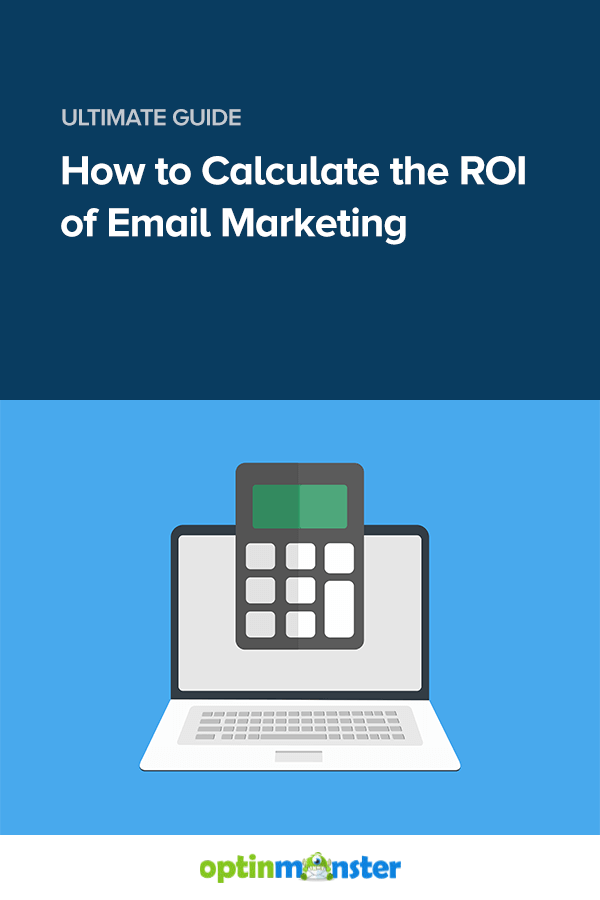

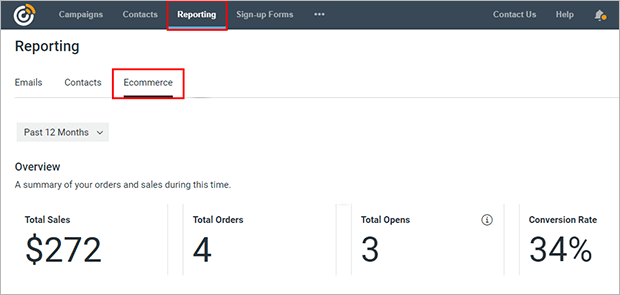
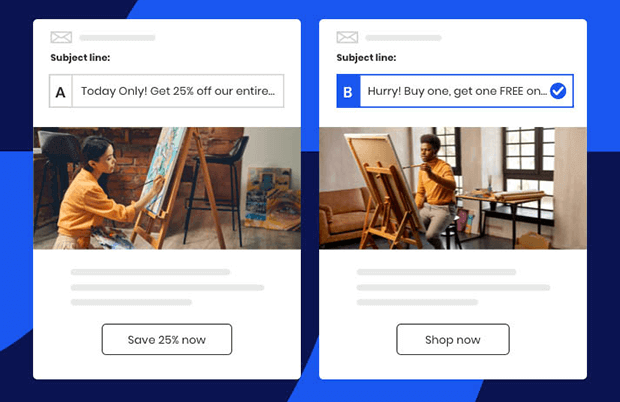
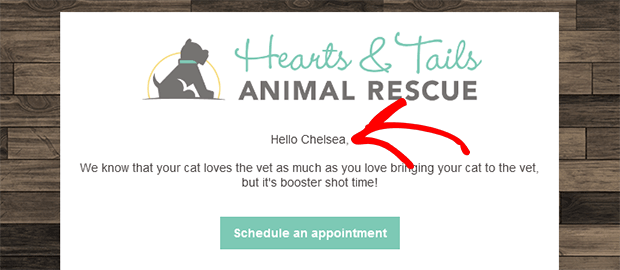
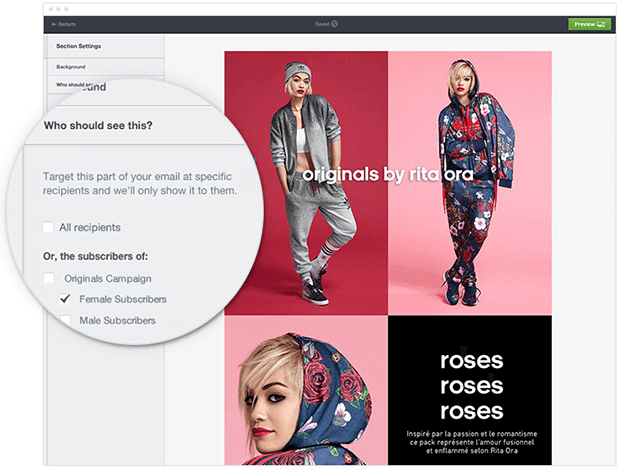








Add a Comment